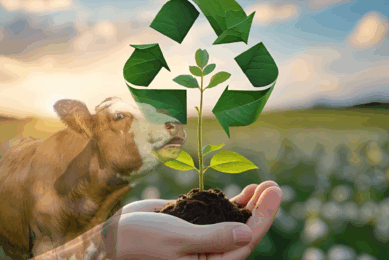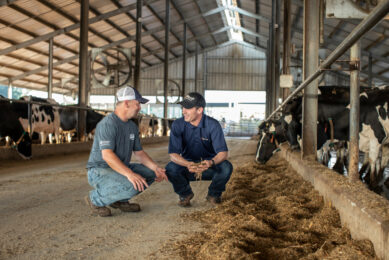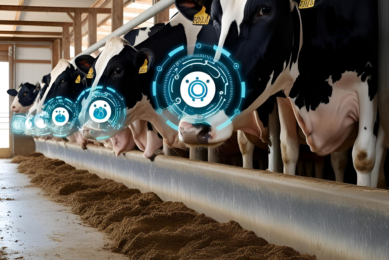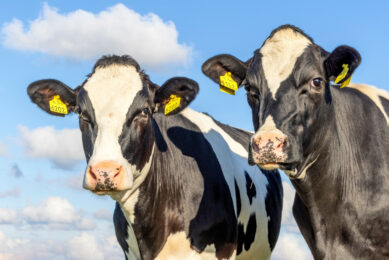Best of both worlds
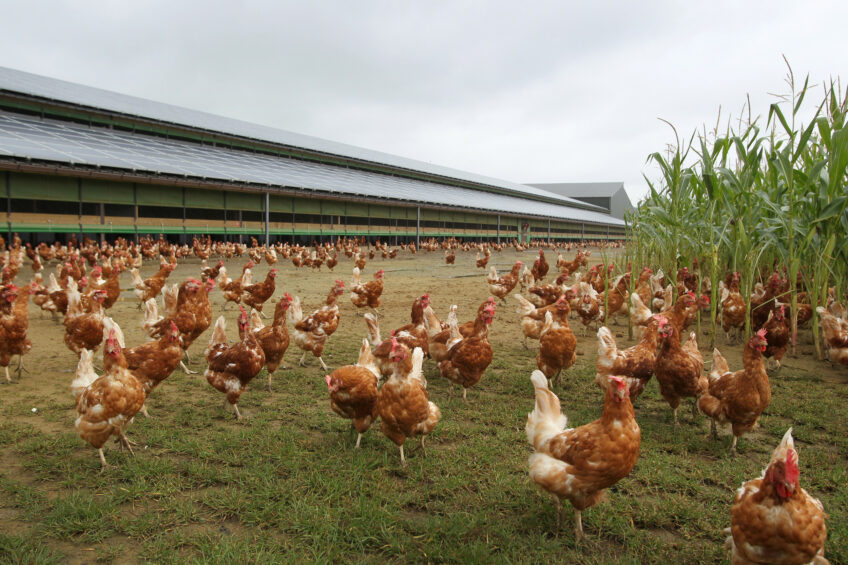
The drive to increase animal welfare leads to multiple novel housing systems. Many, if not all, require more space for the animal and will have a larger land use footprint than conventional houses.
SUSTAINABILITY & WELFARE SPECIAL 2024 – read all articles
In general, higher welfare systems require higher inputs, in square meters and also in more feed due to higher feed conversion rates. That is the trade-off to meet societal demands and keep the long term license to produce.
Part of the higher footprint can be offset by the modern housing systems itself. Better insulation, energy efficient lighting and systems and last but not least the install of photovoltaic panels can reduce the farm environmental impact. Upfront investment cost are high, but long-term return on investment calculations are usually positive.
Join 13,000+ subscribers
Subscribe to our newsletter to stay updated about all the need-to-know content in the dairy sector, two times a week.



